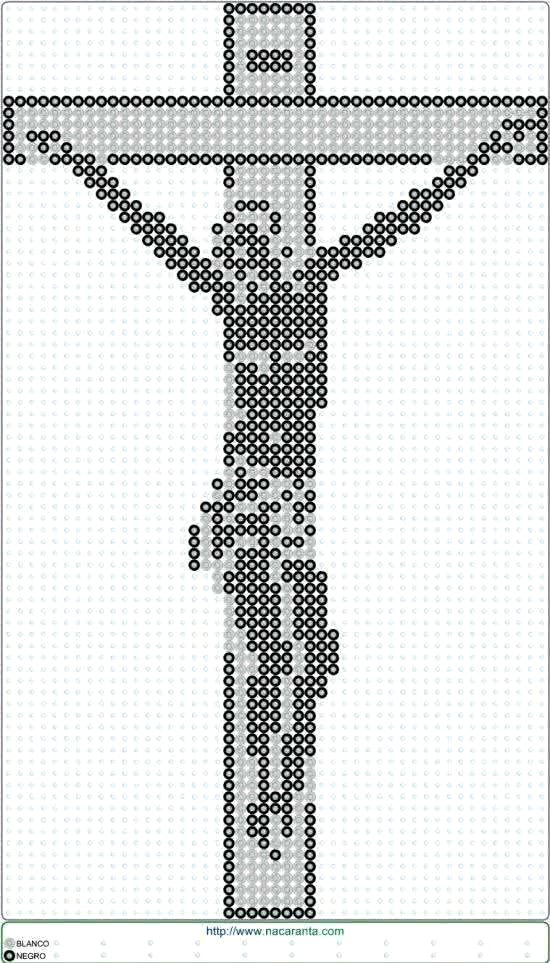A Complete Guide for Beginners and Enthusiasts
🌈 What is Tapestry Crochet?
Tapestry Crochet is a fascinating colorwork technique used in crochet to create bold, graphic designs and imagery by working with two or more yarn colors at the same time. What sets tapestry crochet apart from other colorwork methods is that you carry the unused yarns along as you go, working over them so that they are enclosed in your stitches.
This technique creates a dense, reversible fabric that’s ideal for functional items like bags, baskets, and pillows, as well as decorative or wearable pieces like wall hangings, hats, and mittens.
🔍 Key Characteristics of Tapestry Crochet
-
Multiple Colors at Once: Unlike changing yarn at the end of rows, you switch colors within rows, often many times.
-
No Loose Strands or Floats: Unused yarns are carried inside stitches, so there are no trailing strands across the back of your work.
-
Clean, Crisp Designs: You can create geometric motifs, detailed pictures, symbols, or lettering.
-
Dense and Sturdy Fabric: The resulting fabric is tight and strong due to the carried yarn, giving structure and shape to projects.

🧶 Materials You’ll Need
To get started with tapestry crochet, you’ll need just a few basic tools, along with your chosen yarns:
✅ Yarn
-
Choose yarns of the same weight to ensure even stitches and tension.
-
Worsted-weight cotton is commonly used because it provides good stitch definition.
-
Start with two contrasting colors before attempting more complex palettes.
✅ Hook
-
Use a crochet hook one size smaller than you would typically use for your yarn weight.
-
A smaller hook helps create a tighter fabric, which is especially helpful in tapestry crochet to hide the carried yarn.
✅ Other Tools
-
Scissors
-
Yarn needle for weaving in ends
-
Stitch markers (optional)
-
Graph paper or a tapestry crochet chart (very helpful for visual patterns)
📐 Understanding a Tapestry Crochet Chart
A tapestry crochet chart looks like pixel art or cross-stitch patterns. Each square represents one single crochet stitch, and each color shows which yarn you should be using for that stitch.
-
Read from right to left for right-handed crocheters (left to right for left-handed) when working in rows.
-
If you’re working in the round, every round is read in the same direction.
-
Many charts are symmetrical or have repeating motifs, making them easier to memorize as you go.
You can draw your charts on graph paper or find free tapestry crochet graphs online.
🧵 How to Do Tapestry Crochet – Step-by-Step
Let’s walk through the basic technique, using two colors of yarn: Color A and Color B.
🔁 Step 1: Start with a Foundation Row
-
Make a chain of the required length using Color A.
-
Work one row of single crochet stitches in Color A to give you a solid base to build on.
🔁 Step 2: Introduce the Second Color
-
On the second row, when you reach the point where the chart indicates a color change:
-
Begin a single crochet stitch in Color A: insert hook, yarn over, pull up a loop.
-
Now switch to Color B: yarn over with Color B, and pull through both loops on the hook to finish the stitch.
-
You’ve now changed color seamlessly.
-
🔁 Step 3: Carry the Unused Yarn
-
As you work, carry the unused yarn along the top of your stitches and crochet over it so it becomes embedded in the fabric.
-
Keep the carried yarn snug but not tight—too tight, and the fabric will pucker; too loose, and it will show through the stitches.
🔁 Step 4: Continue Following the Chart
-
Keep crocheting across the row, changing colors according to the chart.
-
Always change to the new color before completing the previous stitch—this ensures the color change happens cleanly at the right spot.
🔁 Step 5: Turning Rows (for Flat Work)
-
If you’re working in rows, you’ll need to turn your work at the end of each row.
-
This can cause the colorwork to become reversed or your carried yarns to show.
-
To prevent color slippage or visible yarn carries:
-
Always bring the carried yarn to the back of the stitch before turning.
-
Or, consider working in continuous rounds (like in hats or bags) to avoid this issue entirely.
-
🌟 Tips for Beautiful Tapestry Crochet
-
Practice with two colors first, then move to more complex patterns with three or more.
-
Keep consistent tension across all colors. Uneven tension can cause gaps or make the carried yarns peek through.
-
Use high contrast colors when starting—this makes it easier to see your stitches and mistakes.
-
Try lining bags or purses if your carried yarns show a bit more than you’d like—this gives a polished finish.
-
If your colorwork looks twisted or jagged, check that you’re carrying the yarns evenly and in the same direction.
🧺 Perfect Projects for Tapestry Crochet
The firm, graphic nature of tapestry crochet lends itself to all kinds of amazing items:
-
Tote bags and purses with geometric or tribal patterns
-
Tablet or phone sleeves
-
Pot holders or placemats
-
Wall hangings or framed art
-
Hats with motifs or lettering
-
Blankets with repeating color blocks or pixel-art designs
-
Baskets and storage containers
-
Personalized gifts with initials or icons
📘 Want to Try It Out?
Would you like a beginner-level tapestry crochet pattern or a printable chart to get started? I can create a sample graph for you and walk you through a small project, like a mug coaster, pouch, or even a basic bag panel.


